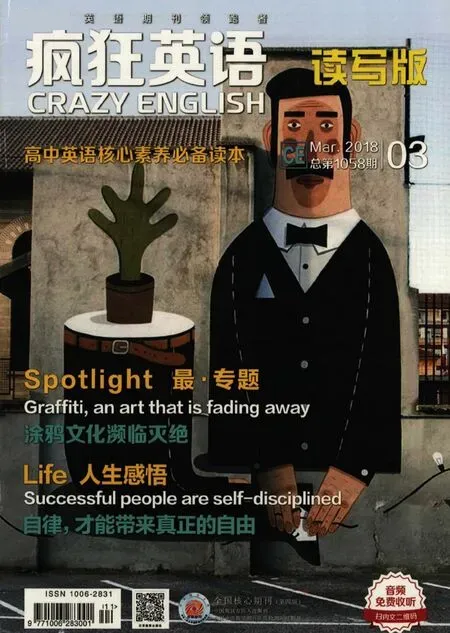A brief introduction to a book for high school students
By Joy Enriquez
This brief book is aimed at high school students,but speaks to anyone learning at any stage of life.
Its formal,serious style closely matches its content,a school-masterly book on schooling.The author,W.H.Armstrong,starts with the basics:reading and writing.In his opinion,reading doesn’t just mean recognizing each word on the page;it means taking in the information,digesting it and incorporating it into oneself just as one digests a sandwich and makes it a part of him.The goal is to bring the information back to life,not just to treat it as dead facts on paper from dead trees.Reading and writing cannot be completely separated from each other;in fact,the aim of reading is to express the information you have got from the text.I’ve seen it again and again: Someone who can’t express an idea after reading a text is just as ineffective as someone who hasn’t read it at all.
Only a third of the book remains after that discussion,which Armstrong devotes to specific tips for studying languages,math,science and history.He generally handles these topics thoroughly and equally,except for some weakness in the science and math sections and a bit too much passion(激情)regarding history to his students,that was a hundred times more than my history teachers ever got across.To my disappointment,in this part of the book he ignores the arts.As a matter of fact,they demand all the concentration and study that math and science do,though the study differs slightly in kind.Although it’s commonly believed that the arts can only be naturally acquired,actually,learning the arts is no more natural than learning French or mathematics.
My other comment is that the text aged.The first edition apparently dates to the 1960s—none of the references(參考文獻)seem newer than the late 1950s.As a result,the discussion misses the entire computer age.
These are small points,though,and don’t affect the main discussion.I recommend it to any student and any teacher,including the self-taught student.

